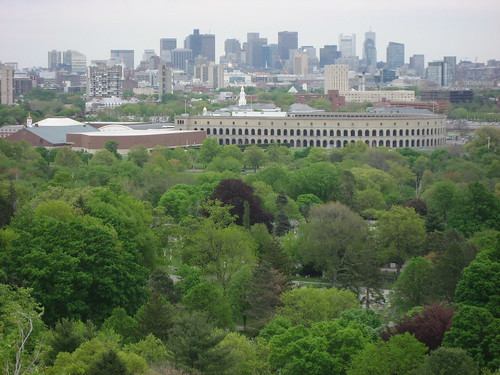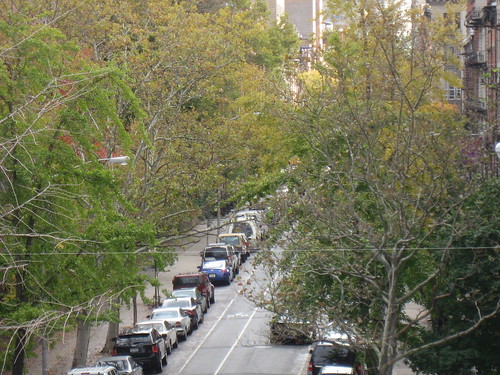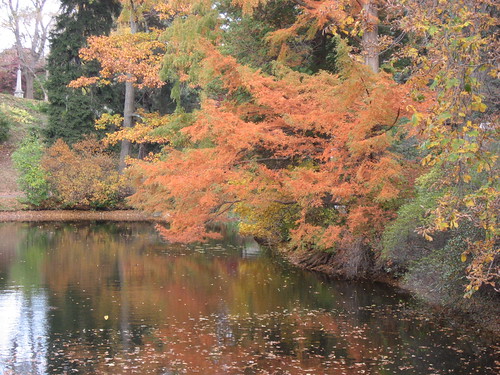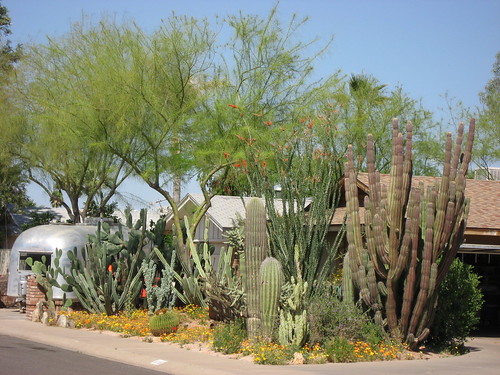
Students uploaded their work to our classroom flickr site. This week in lab we did a simple calculation of the biodiversity of each site, using the Simpson equation. You can wiki it if you're interested. The students also printed out the satellite view of their study site and estimated total tree cover (luckily Google Satellite was done during the summer).
Each table prepared a bar graph comparing human population, biodiversity, and tree cover. The groups presented their data and answered a few questions in the presentation, including, "How could an urban plan promote the introduction of more biodiversity?"
One of my students summed it up best: "Introduce more gardens for their simple aesthetic value." What a great idea. Promoting biodiversity for its own sake is probably a hard sell, something we tree huggers don't seem to understand. But promoting a prettier, more aesthetic surroundings is in and of itself a way to promote biodiversity in cities.



No comments:
Post a Comment